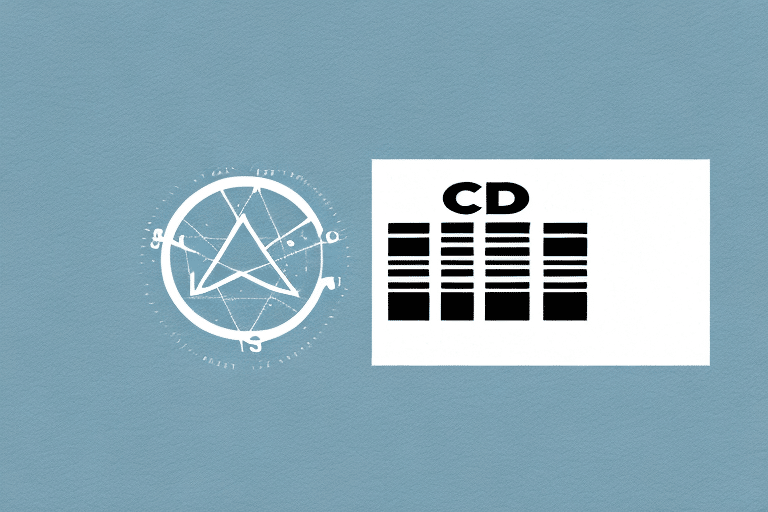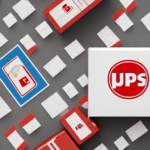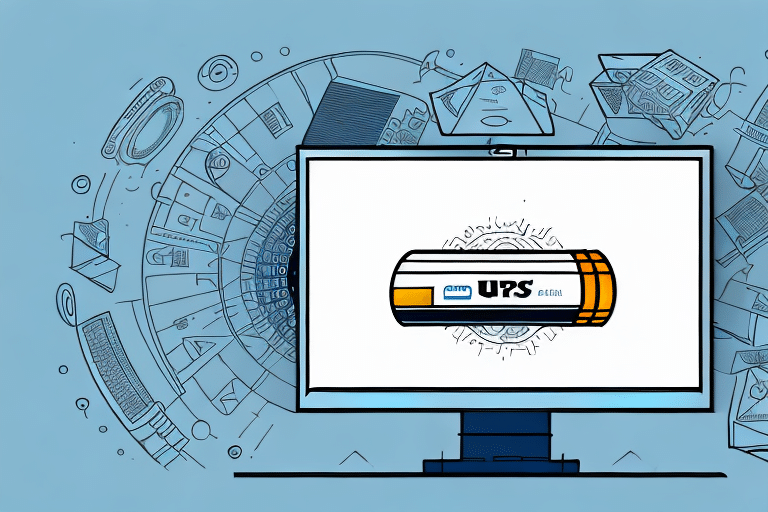Shipments are a crucial aspect of any business. One of the most important components of shipping is the use of labels. However, not all labels end up being utilized; some may be mistakenly printed or canceled at the last minute. Unused labels still contain vital information and must be handled carefully. In this article, we provide the ultimate guide to dealing with unused shipping labels. Get ready to learn everything you need to know about disposing of, voiding, and managing unused shipping labels.
Decoding Shipping Labels: A Comprehensive Guide
Before diving into the proper handling of unused labels, it is essential to understand the different types of shipping labels used. There are several types of shipping labels, including thermal transfer labels, direct thermal labels, and inkjet labels. Each of these labels functions differently, and understanding their differences is vital to avoid printing and disposing of the wrong label type.
Understanding the Different Types of Shipping Labels
Thermal transfer labels require a thermal transfer ribbon to transfer the ink onto the label. Direct thermal labels, on the other hand, do not require a ribbon; the ink is transferred directly onto the label. Inkjet labels use ink from a printer and must be allowed to dry before handling. Understanding the differences between these labels is crucial for proper handling and to ensure longevity and readability.
What Information is Included in a Shipping Label?
Shipping labels comprise critical information required for the successful delivery of items. This information typically includes the recipient's name and address, tracking number, origin address, and the weight of the item. Ensuring the accuracy of this information before printing is essential to prevent errors in shipping and to facilitate proper disposal of unused labels.
How to Properly Handle Unused Shipping Labels
Unused shipping labels should be handled with care to avoid any confusion during the shipping process. It is recommended to keep unused labels in a secure location, away from potential damage or misplacement. Additionally, properly disposing of any unused labels is crucial, as they may contain sensitive information that could be used for fraudulent activities. According to the Privacy International, mishandling such information can lead to significant security risks.
Common Mistakes to Avoid When Handling Shipping Labels
One of the most common mistakes when handling shipping labels is printing the wrong label type. This error can lead to delays in shipping and additional costs. Another mistake is failing to double-check the accuracy of the information on the label before printing and disposing of it. This oversight can result in items being shipped to incorrect addresses or not being delivered at all.
Proper Disposal of Unused Shipping Labels: Best Practices
It's common to have unused shipping labels after completing a shipment. Improper disposal of these labels can lead to severe consequences such as identity theft, which can harm your business in the long run. Therefore, it is essential to understand the best disposal practices for unused shipping labels.
Why You Should Never Throw Away Unused Shipping Labels
Disposing of unused shipping labels improperly can have severe consequences. These labels typically contain sensitive information, including your business and customer details, which can be exploited maliciously. Disposing of these labels in the trash could lead to identity theft and compromise the security of your business. The Federal Trade Commission warns about the dangers of mishandling personal information.
Environmentally-Friendly Ways to Dispose of Shipping Labels
Fortunately, there are many environmentally friendly methods for disposing of unused shipping labels. One effective way is shredding the label and recycling the remnants. Another option is using an electronic waste disposal service to responsibly handle the disposal of these labels. According to the Environmental Protection Agency (EPA), proper disposal contributes to sustainability and reduces environmental impact.
How to Store Unused Shipping Labels Safely
In addition to proper disposal, it's important to store unused shipping labels safely. Keep them in a secure location, such as a locked cabinet or drawer, to prevent unauthorized access. Additionally, consider using a label printer that allows you to print labels on demand, reducing the need to store large quantities of unused labels.
Training Employees on Proper Label Disposal
Training your employees on the proper disposal of shipping labels is crucial. Ensure they understand the risks associated with improper disposal and the importance of following best practices. Implementing a clear policy that outlines the correct disposal procedures and the consequences for non-compliance can help maintain consistency and security within your organization.
Simplifying the Voiding Process for Unused Shipping Labels
Voiding unused labels is a common practice in the shipping industry. Voiding a label renders it unusable and invalid, preventing unauthorized use. However, the voiding process can be complex and requires attention to detail. This section simplifies the process and provides tips for voiding labels efficiently.
How to Void Shipping Labels in a Few Easy Steps
Voiding a label involves several steps: accessing the label, inputting the necessary details, and selecting the "void" option. Some shipping software platforms also offer a "voided label report" that details all voided labels to ensure accountability. Following the correct steps is essential to void the label properly and maintain accurate records.
The Benefits of Using Shipping Software to Void Labels
Using shipping software to manage shipping labels simplifies the entire process, including voiding labels. A shipping management system can automate the voiding process, ensuring prompt and accurate voiding. Additionally, the system can generate voided label reports, providing a detailed account of all label voids, which enhances accountability and record-keeping.
Tips for Voiding Labels with Ease
- Void labels as soon as possible to prevent unauthorized use.
- Double-check label details before voiding to ensure the correct label is voided.
- Keep a record of all voided labels for future reference.
- Train your staff on the proper voiding process to ensure consistency and accuracy.
How ShipScience.com Can Streamline Your Shipping Label Management
Managing shipping labels can be a tedious and time-consuming process. Fortunately, ShipScience.com's shipping label management tool simplifies the entire process. In this section, we discuss how ShipScience.com can help you manage your labels efficiently.
Features and Benefits of ShipScience.com's Shipping Label Management Tool
ShipScience.com's shipping management tool provides a centralized location to manage all shipping labels efficiently. The tool features an automated voiding process, significantly simplifying the voiding procedure. Additionally, the system allows you to track label usage, making it easy to locate unused labels for proper disposal.
How ShipScience.com Can Help You Save Time and Money on Shipping
ShipScience.com's shipping management tool streamlines the shipping process, saving your business time and reducing unnecessary costs. The tool automates the entire process, eliminating the need for manual label management and reducing the likelihood of errors. According to industry reports, automating label management can decrease processing time by up to 30%, leading to significant cost savings.
Furthermore, ShipScience.com's shipping label management tool offers real-time tracking and monitoring of all your shipments. This feature allows you to keep track of your packages and ensure timely delivery. You can also receive alerts and notifications in case of any delays or issues with your shipments. With ShipScience.com, you can have peace of mind knowing that your shipping labels are being managed efficiently and effectively.
Conclusion: The Importance of Properly Handling Shipping Labels
Printing, voiding, and disposing of shipping labels properly is crucial to your business's success. As discussed, improper handling can lead to severe consequences, including identity theft and operational inefficiencies. Understanding the different types of shipping labels and implementing proper handling practices are essential steps in maintaining a secure and efficient shipping process.
Implementing a shipping management tool like ShipScience.com's can save you time and money while streamlining your entire shipping process. Beyond complying with industry regulations and protecting your business, proper handling of shipping labels instills trust in your customers by demonstrating your attention to detail and exceptional service.
Additionally, proper handling of shipping labels can positively impact the environment. By ensuring that labels are printed correctly and not wasted, you reduce the amount of paper and ink used in your shipping process. Moreover, disposing of shipping labels in an environmentally friendly manner, such as through recycling, can further reduce your business's carbon footprint. By taking these small steps, you contribute to a more sustainable future while also improving your business operations.




















